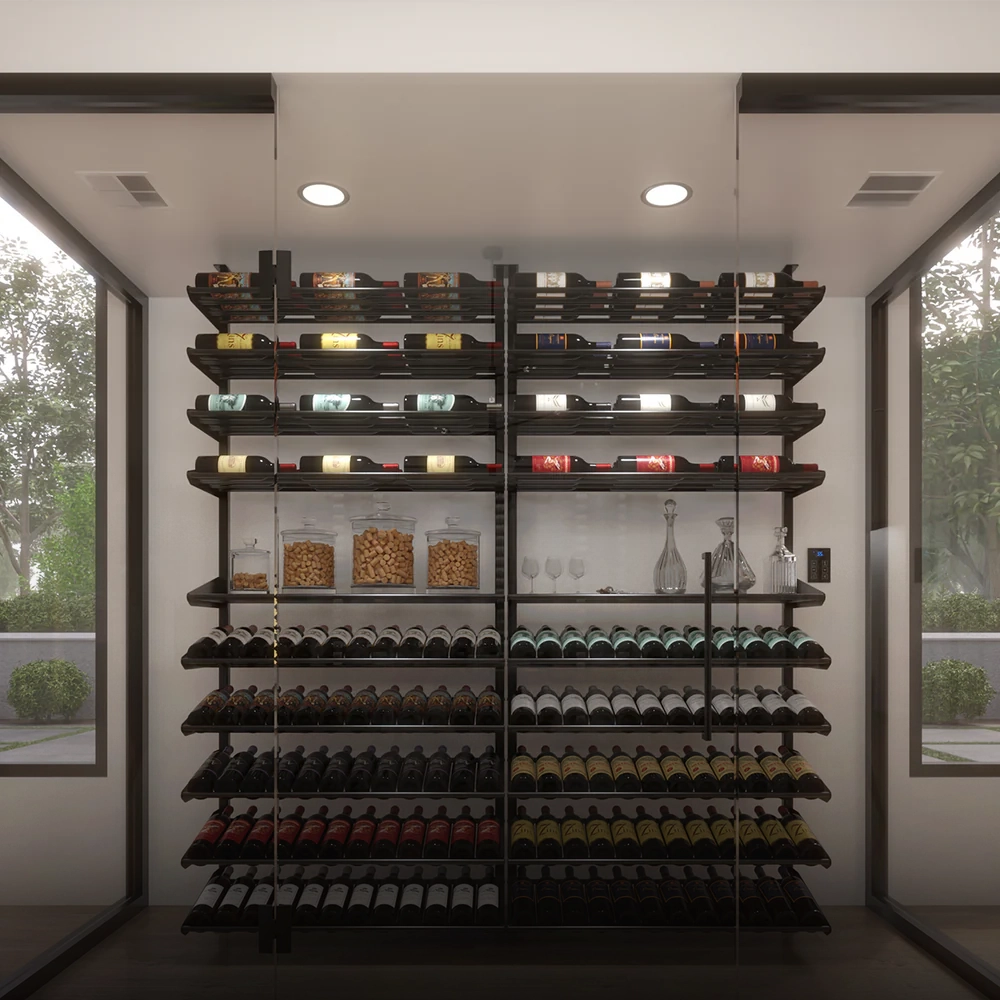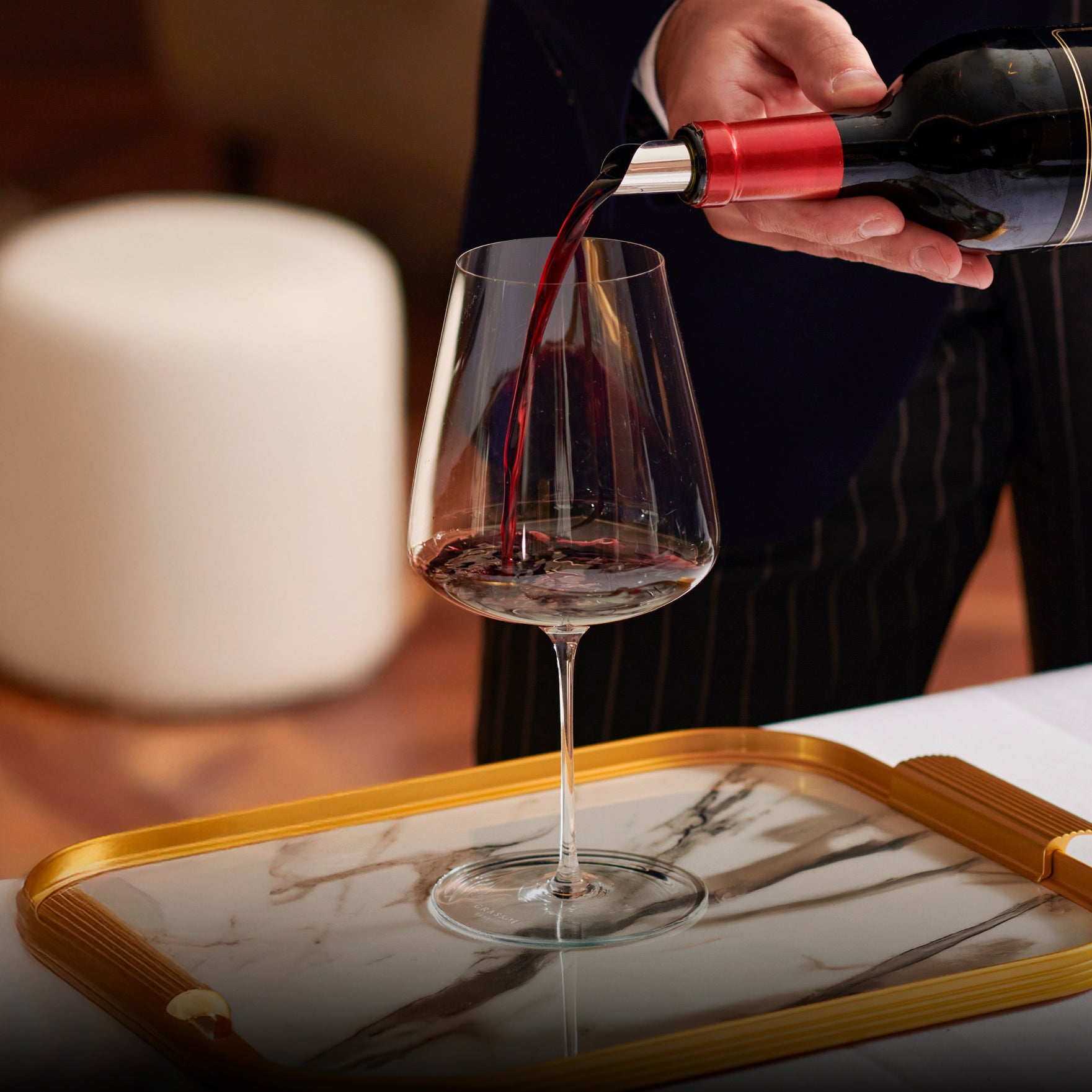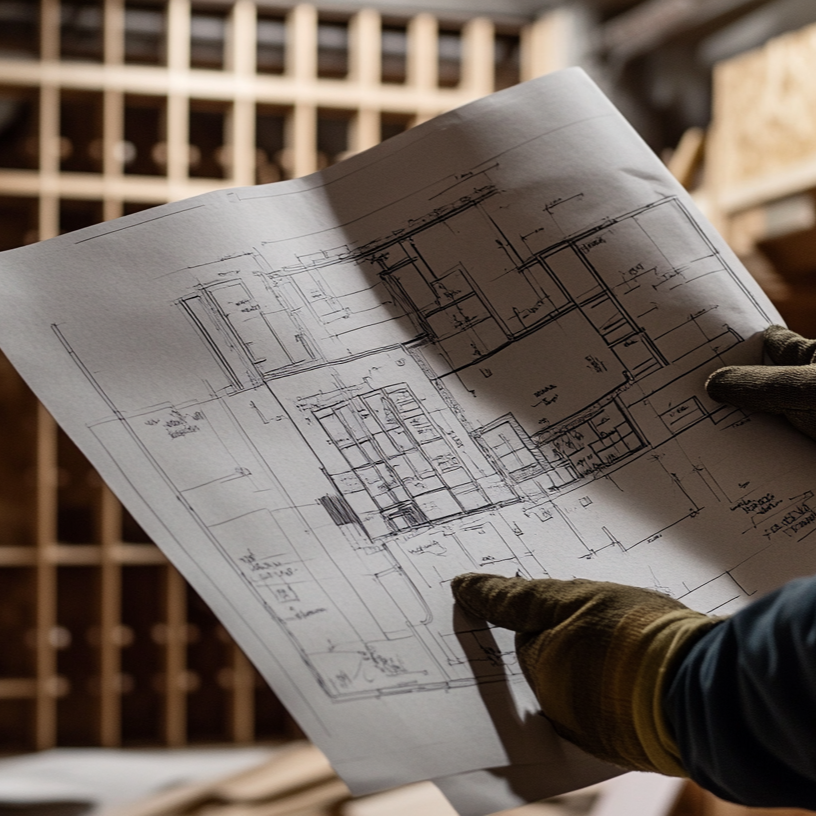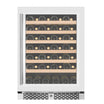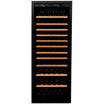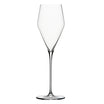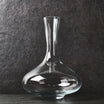In part one of this series, I shared some statistics on the average size and value of a wine collection intended for investment, and I outlined a simple way of creating a personal cellar profile, which will drive your buying strategy for a collection designed for enjoyment rather than investment. Now let’s get into formulating a logical buying strategy and calculate how much wine to buy.
Using the sample collector profile from part one of this series, my starting point is to put together a buying strategy that reflects consumption patterns and preferences. In this case, that means ensuring there will always be at least 150–200 wines in the cellar that are at their prime drinking stage each year (in our example, this is the collector’s average annual consumption), and in the ratio of the preferred style categories chosen.
For our collector, this comes out to about 18 bottles of champagne, three cases (12s) of white, and about a dozen cases of red divided amongst the collector’s preferred wines. I’d also include a few “discovery” wines to add breadth and interest to the collection — as much as we all love to drink great Burgundy or Bordeaux, wine lovers also enjoy finding and sharing new gems — as well as lots of diversity within those favorite categories (different producers, styles, vintages) to keep your drinking life interesting and make sure there’s a suitable wine in the cellar, no matter what’s for dinner. And there should be a range of prices within each category, as, apparently, not every night calls for Pétrus and DRC. You’ll need appropriate wines on hand when your beer-drinking neighbour or cocktailing in-laws come to dinner.
Starting the Collection
Establishing a budget up front is smart practice. Wine collecting can easily get out of hand — not just in quantity but in value as well. (I’ve seen marriages dissolve.) In our case, let’s assume a pre-established budget of $50k/year for three years to get things started.
To get the collection rolling in year one, you’ll dedicate a little more of the budget to wines that are drinking well now, that is, early maturing, current consumption wines, and some older fine wines in their prime purchased from sources like auctions, specialty shops with back vintages, or winery direct. Be sure to also reserve a part of the annual budget to invest into young fine wines intended for long-term ageing to start to build out the back end of your collection for later-life enjoyment.
As the collection grows, more money can be shifted into long-term wines while topping up the drinkables, until you reach the point where you’ll have a lifetime supply of mature wines to draw on each year (assuming an average human lifespan), but not more than you can reasonably drink (assuming you intend to enjoy your collection personally, and not bequeath it — that’s another story).
So, in our example, assuming an enjoyment window of 30 years, the collector will go through about 5000 bottles of wine in a lifetime (150 bottles x 30 years), with a safety buffer — it’s better to err on the slightly higher side in case you defy statistics. Running out of good wine is no fun.

Experience a new way to store, age and secure your wine. Discover more.
Buying in the First Year
Purchases in the first year would likely total around 500 bottles (average $100/bottle), of which about one-third will be “ready to drink,” one-third a mix of wines that will benefit from midterm aging (3–8 years), and one-third meant for long-term cellaring, 10–20+ years.
Singles, Six-packs, or Cases?
Don’t over-buy wines in the “drink now” category. You may buy a full case of your house white — the wine you drink most regularly, say, a case of light, fresh pinot grigio. You’ll drink that within a year.
But for most others in that category, I’d buy fewer bottles, three or six at most. Wines for mid- or long-term aging can be purchased in case lots more frequently. Part of the enjoyment of owning a wine collection is watching a wine evolve over time — it’s called a “drinking window” because there’s a period of time, maybe even a decade or longer, in which a wine will deliver great pleasure as it shifts gently along its evolutionary curve. It’s bittersweet to drink a perfectly mature bottle from your cellar knowing the experience will never be repeated. If you buy single bottles, this will happen frequently.
Buying in Years Two & Three
Purchases over the next two years follow a similar pattern, until you have a cellar of about 1,000 bottles (1,500 bottles purchased over three years, minus what you’ve consumed over the same three-year period). Purchases can now slow to about 150–175 bottles a year (the average yearly consumption) for the next 20 or so years to keep you in good drinking shape to the sweet end.
You’ll be focused mainly on mid- or long-term aging wines for most of this period, as there will be sufficient wines in your collection that have reached maturity for your yearly needs. Keep in mind that consumption dependably drops with age. Three or four bottles per week with your spouse when you’re in your forties will eventually drop to one or two in the golden years, reducing your overall needs, so consider tapering off your buying to reflect your drinking habits.
How Big is Your Cellar?
Now, you know you need proper storage that can hold at least 1,000, and I’d suggest including a 25 percent buffer, for 1,250 bottles.
I’ve never met a collector who hasn’t eventually acquired more wine than they have cellar space for — those irresistible buys come around all too frequently (that collector’s frenzy, again). But any more than that and you’ll have more wine than you need, and your children will inherit lots of over-the-hill bottles.
Eight to Ten Times Your Annual Consumption
Another simple way of calculating how much cellar space you’ll need for your collection is to multiply your yearly bottle consumption by about eight. In our collector’s case, that’s: 150 bottles/year x 8 = 1,200 bottles.
You’ll need a minimum of about 100 square feet with 9-foot ceilings to store 1,200 bottles comfortably in a functional storage space, though of course cellar designs vary immensely.

Premier Cru Kit Racks create your own wine storage solution. Discover more.
Rosehill Wine Cellars has years of working with private collectors in matching their collecting style and visions for their collection to their storage needs today and into the future. We are collectors ourselves. We provide complete turn key options from conceptual design, through to room preparation and construction. We manufacture all of our millwork and racking in our factory from the finest materials using cutting-edge machinery. We also sell a wide range of wine coolers, a solution for every collector.
 Master Sommelier John Szabo is a partner and principal critic for WineAlign.com, Canada’s largest wine publication, and buyer for the WineAlign Exchange wine club. He's built a career in the hospitality industry, specializing in serving and sommellerie. He also imports, teaches, writes, photographs, speaks, emcees, consults, and judges wine internationally. John is also co-host of the newly launched podcast Wine Thieves with WineAlign partner Sara d’Amato, and he's achieved critical acclaim with his latest book Volcanic Wines: Salt, Grit and Power.
Master Sommelier John Szabo is a partner and principal critic for WineAlign.com, Canada’s largest wine publication, and buyer for the WineAlign Exchange wine club. He's built a career in the hospitality industry, specializing in serving and sommellerie. He also imports, teaches, writes, photographs, speaks, emcees, consults, and judges wine internationally. John is also co-host of the newly launched podcast Wine Thieves with WineAlign partner Sara d’Amato, and he's achieved critical acclaim with his latest book Volcanic Wines: Salt, Grit and Power.





